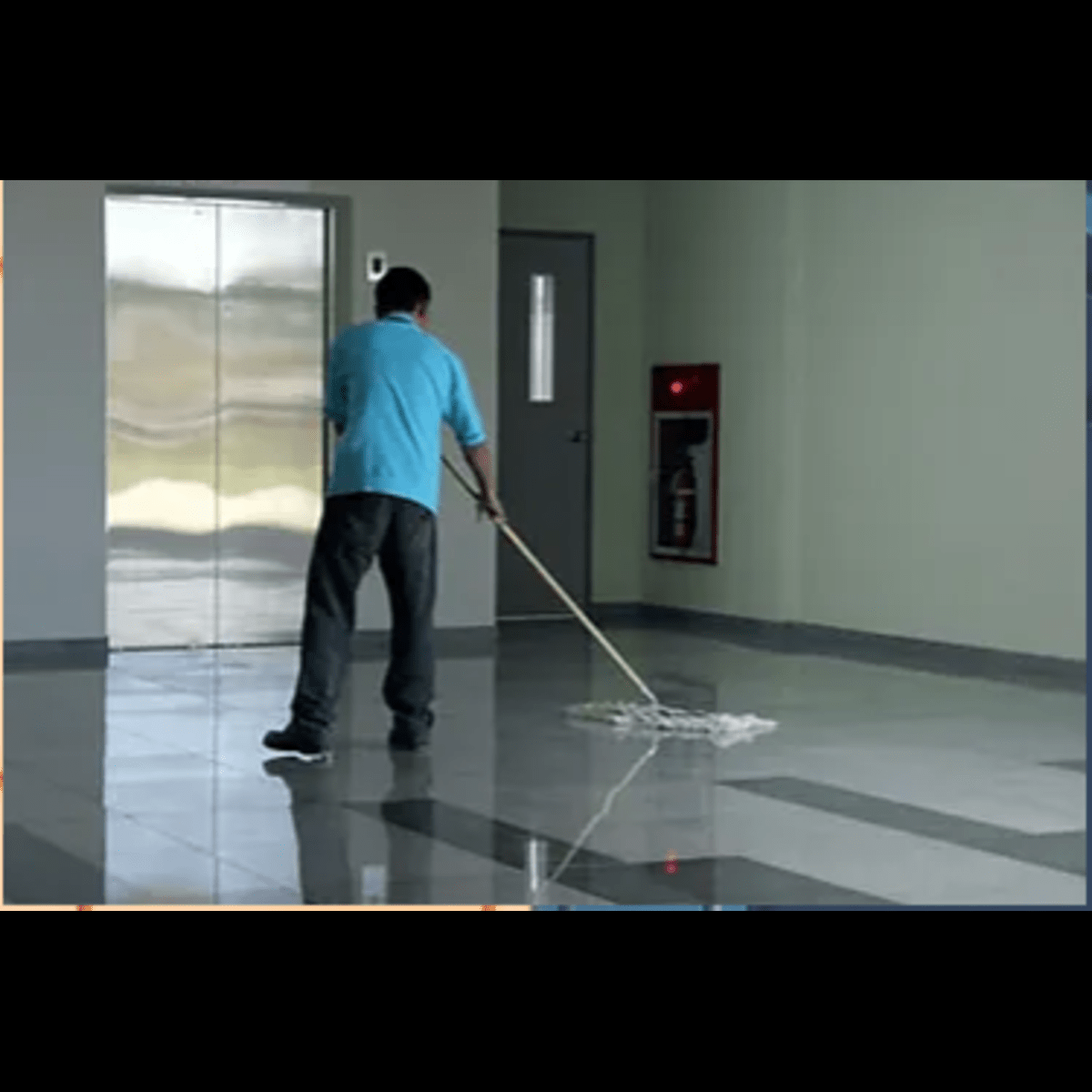The Devastating Impact of Water Damage: A Comprehensive Guide
Water damage is a pervasive and often underestimated threat that can wreak havoc on homes and businesses alike. From burst pipes to natural disasters, water intrusion can lead to costly repairs, health hazards, and structural deterioration if not addressed promptly and effectively. In this comprehensive guide, we’ll delve into the causes, effects, and restoration solutions for water damage, shedding light on this pressing issue and empowering you with the knowledge to safeguard your property.
Understanding Water Damage
Water damage refers to any destruction caused by water intruding into spaces where it can enable destructive processes such as rotting of wood, growth of mold, and rusting of steel. This can occur suddenly, such as in the case of floods or burst pipes, or gradually, through leaks in plumbing or roofing systems. Regardless of the source, the consequences of water damage can be severe, impacting not only the structure of a building but also the health and safety of its occupants.
Causes of Water Damage
Several factors can contribute to water damage, ranging from natural disasters to human error:
Weather Events: Heavy rainfall, hurricanes, and storms can overwhelm drainage systems and lead to flooding, causing extensive water damage to properties.
Plumbing Issues: Burst pipes, leaking faucets, and faulty plumbing fixtures are common culprits of water damage indoors, often resulting from age, corrosion, or improper installation.
Appliance Malfunctions: Malfunctioning appliances such as dishwashers, washing machines, and water heaters can leak or overflow, causing water damage to floors, walls, and ceilings.
Roof Leaks: Damaged or deteriorated roofing materials can allow water to seep into the interior of a building, leading to water stains, mold growth, and structural damage.
Poor Drainage: Improperly designed or clogged gutters, downspouts, and drainage systems can cause water to accumulate around the foundation of a building, increasing the risk of basement flooding and water infiltration.
Effects of Water Damage
The effects of water damage can manifest in various ways, depending on the severity and duration of exposure:
Structural Damage: Water can weaken building materials such as wood, drywall, and concrete, compromising the integrity of the structure and necessitating costly repairs.
Mold Growth: Moisture-laden environments provide the ideal breeding ground for mold and mildew, which can proliferate rapidly and pose significant health risks to occupants, including respiratory issues and allergic reactions.
Electrical Hazards: Water intrusion into electrical systems can result in short circuits, electrical fires, and electrocution hazards, posing a serious threat to life and property.
Health Risks: Exposure to water-damaged environments can lead to a host of health problems, including asthma, allergies, and fungal infections, particularly in individuals with compromised immune systems.
Property Damage: Water can cause irreversible damage to personal belongings, furniture, electronics, and sentimental items, leading to financial losses and emotional distress.
Restoration Solutions
Addressing water damage promptly is essential to mitigate its impact and prevent further deterioration. Professional restoration services can help restore your property to its pre-damaged condition through the following steps:
Assessment and Mitigation: Certified water damage restoration specialists will conduct a thorough assessment of the affected areas to determine the extent of the damage and implement immediate mitigation measures to prevent further harm.
Water Extraction: Powerful pumps and extraction equipment are used to remove standing water from the premises quickly and efficiently, minimizing secondary damage and promoting drying.
Drying and Dehumidification: Industrial-grade air movers and dehumidifiers are employed to accelerate the drying process and remove excess moisture from the air and building materials, preventing mold growth and structural damage.
Cleaning and Sanitization: Affected surfaces and belongings are cleaned, disinfected, and treated with antimicrobial agents to eliminate mold, bacteria, and other contaminants, ensuring a safe and healthy environment.
Restoration and Reconstruction: Once the drying process is complete, restoration specialists will repair and rebuild damaged structures, replacing flooring, drywall, insulation, and other materials as needed to restore the property to its pre-loss condition.
Water damage is a serious threat that can have devastating consequences for property owners. By understanding the causes, effects, and restoration solutions for water damage, you can take proactive measures to protect your property and mitigate the risks associated with water intrusion. Remember, swift action is crucial in minimizing damage and maximizing the chances of a successful restoration outcome. If your property has been affected by water damage, don’t hesitate to seek professional help from experienced restoration experts to expedite the recovery process and restore peace of mind.


